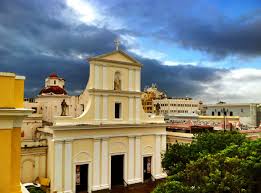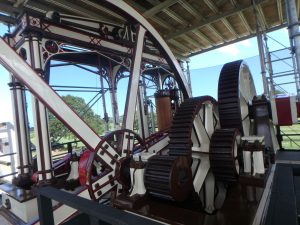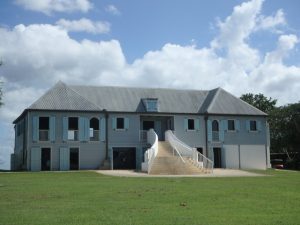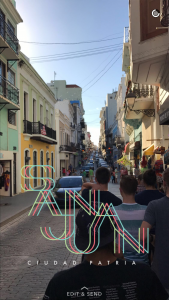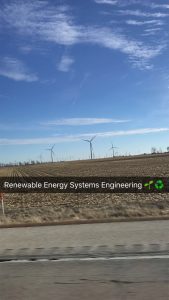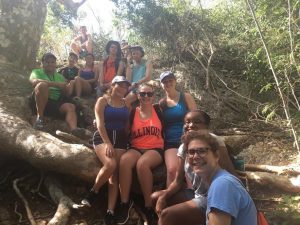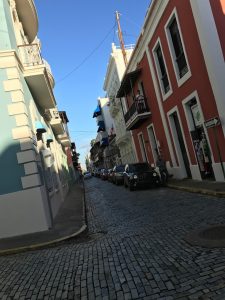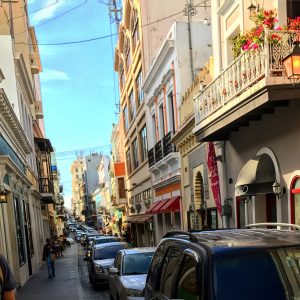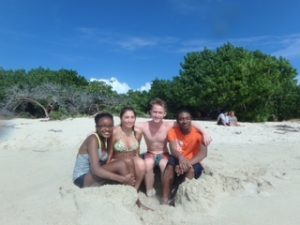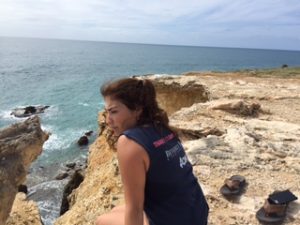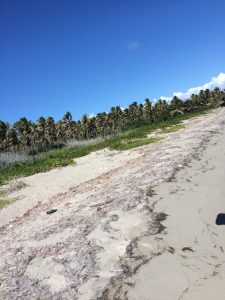Perspective is everything. Each and every person in the world, no matter how similar of a background, has a different perspective. Sure, many people seem to have similarities with how they view the world, but overall a perspective is like a snowflake and each person is going to have something that is slightly or completely different than the next. While we know that perspectives can be similar, we also can tell that these similarities seem to stem from similar situations that result from gender, religion, and background. I am not saying that just because someone is the same gender or religion as someone they will always have similar perspective, but what I am saying is that in general people with similar attributes have some similarities in the perspective that they look at life from.
I am a white female that grew up in a tiny town with very narrow views. It is a place in the middle of cornfields where teenagers do peculiar things for fun because well, what else is there to do. I grew up in the standard, stereotypical small town full of football-watchers, beer drinkers, and Republicans. A town like mine tends to impose its views on the people living there because to be honest, if you have a view that is different than the majority you could potentially be outed and in a town like that, with only so many people to be friends with, that could prove disastrous for your social life as word travels from group to group seemingly faster than it comes out of your mouth.
Once I went to college I had the realization that there are other views, and there are much less hostile environments to share them in. However, at that point my perspective of the world had somewhat already taken its shape. Puerto Rico, while technically part of the United States, is completely different than Illinois and even more different from my tiny corner of Illinois. From cornfields to dry forests and lakes to the ocean, the environment here is one hundred percent different than that of Illinois. The diverse ecosystem is home to dazzling creatures that can be found nowhere else. Overall, Puerto Rico seems truly magical compared to Illinois that, for me, can be so mundane. But this is all perspective. While warm weather and beaches is something that screams vacation to one may be completely boring and normal to another. Not to mention the way that my view of the world has been shaped compared to that of the locals.
Attempting to find a place to fit into a different culture is something that I believe almost all travelers experience. There are a lot of times that travelers feel an awkwardness about this new place they have found themselves in. You feel like you don’t know where you are going or that you stick out like a sore thumb and everyone is looking at you. That is part of a perspective that I believe many travelers share. You are caught between trying to enjoy the environment of the place you are traveling, and making some attempt to blend into the locals who have been here for their entire life.
I think that a huge difference in perspective of the two places is how much must be done in a period of time. There are so many farmers in my little town who get up at 5:00 in the morning or even earlier to begin their days and end far after the sun goes down. Today at the coffee plantation, we learned that workers that are payed by the weight of the berries they pick and can come and go pretty much as they please. While these two farms clearly are growing different crops that require different types of care, it is still obvious that Puerto Rico in general is much more lax on how much productivity they would like to see in one day. This is a mindset that we have not only encountered in agriculture however, we also say this when a convenience store near our apartment shut its door in our faces as we arrived at exactly 6:00 in the afternoon. I can confidently say that in the continental U.S. there are stores that purposefully stay open ten to fifteen minutes past their closing times to accommodate those paying customers that just barely missed the closing time. Another example is the sheer number of holidays in Puerto Rico. I learned at University of Mayaguez, their semesters last around fifteen weeks in order to accommodate the number of holidays that they have not counting their spring break. We also learned that there are a lot of days considered holidays either federally, island-wide, or locally that businesses close for.
Overall, I believe that perspectives of myself versus that of those in living in Puerto Rico probably differ the most in sense of time, but I would not limit sense of time to be the only difference between the two. Perspectives depend on a lot of different variables, but in the end all perspectives matter because in order to solve the problems facing the world we will need different perspectives to look at problems from different angles to solve them efficiently and effectively.
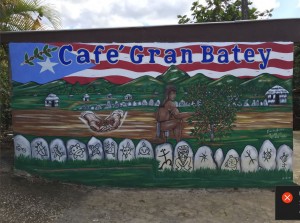
This is a picture of the sign of the coffee farm that we visited. The image shows a man hand harvesting by hand and while he is in a cloth, it is still very similar to the way they pick coffee beans today. But the workers are no longer slaves or servants, but people getting paid by weight rather than an hourly wage which allows them to create their own hours.


